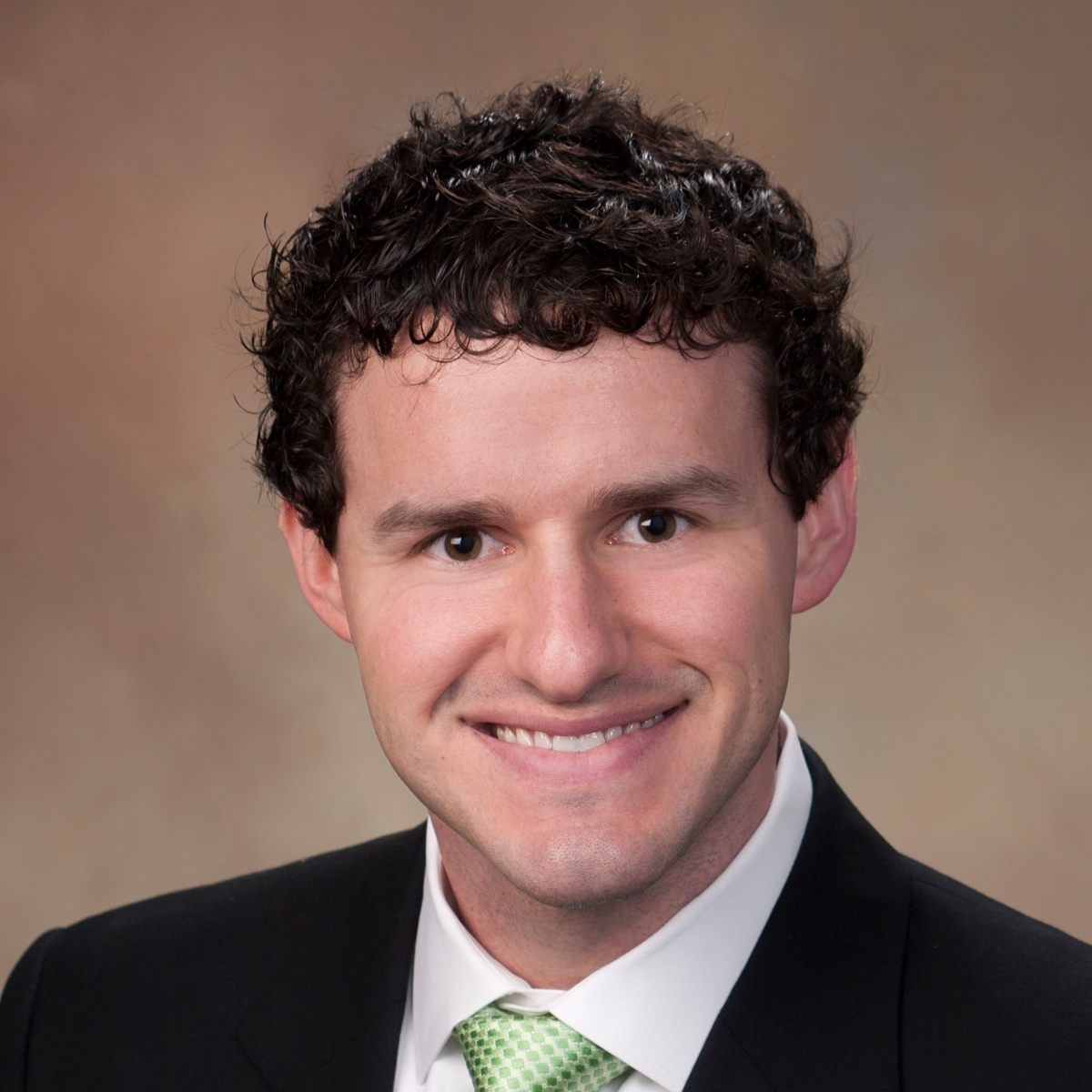As each of our careers progress, we continue to assume more responsibility. This responsibility comes in the form of more people requiring more of your attention on a more frequent basis. This begs the question…the ageless, grueling, slippery question…how do I prioritize my time to not only meet the expectations of the people I am serving, but to exceed their expectations? As significant of a question as this is, I would suggest the answer might be less complex than it may seem.
1. Humble pie.
To perform at a high level, each of us must start with a dose of reality. Go through the exercise of taking some time to give ourselves feedback—unfiltered, truthful and specific feedback. Consider, over the last week, month, year what goals did I set for myself and how would an independent group of my peers, knowing all the facts and circumstances, grade my performance? The goal of this exercise is to identify barriers to success. What are the things (be specific!) preventing me from reaching my full potential?
2. Schedule surgery.
Once you have identified the culprit(s), it’s time for surgery. For example, one of the things keeping you from exceeding the expectations of the people you serve might be your willingness to flex away from firm commitments and your UN-willingness to flex into them. The balance of managing personal and professional commitments is such a delicate subject and fortunately, the firm acknowledges and appreciates the fact that we all have things that require our attention aside from work. However, the foundation of our firm is built on WE and SERVICE which means “we have the opportunity to serve a purpose greater than ourselves, to truly make a difference—together.” Importantly, our firm wasn’t built on a foundation of YOU and SERVICE. This point in the process requires us to understand the tendency and to create controls or routines to ensure we avoid the tendency. So if you are struggling to flex into opportunities with the firm, be willing to talk to someone about the struggle and consider new ways or time frames for meeting the needs of the firm.
3. Ready for takeoff.
Once we have identified the problem and established a new approach for attacking it head-on, it is important that we implement an additional layer of accountability to ensure we don’t go back to old habits. In the example referenced above, one way would be to establish a coaching plan with a career coach, mentor or someone who you value their opinion. My experience with the coaching program has developed into a process where I am reporting the results of my progress every five to eight weeks, including a discussion of successes and failures—especially failures. At some point in this process you realize that the person you are reporting to can develop a pattern of your tendencies and they can help you identify constructive ways to overcome the negative ones.
The process described above is a journey—a long, emotional, exciting, challenging journey. As each of us grow in our career, we embrace the idea that to whom much is given, much is expected. But at HORNE, we don’t work simply to meet expectations; we are focused on the life-long journey of exceeding those expectations with a heart of service. So as we continue in our journey to reach our full potential, take time throughout the year to give yourself honest feedback (be specific!), set corrective actions, and implement recurring accountability measures for reinforcement.
About the Author
Nick is a supervisor in construction services focused on financial statement preparation, customer relationship maintenance and process improvement and evaluation. Fueled by his passion to #beEvenBetter, he encourages team members to seize every opportunity to share a positive attitude and an ownership mentality with their team and their clients.




Leave A Comment